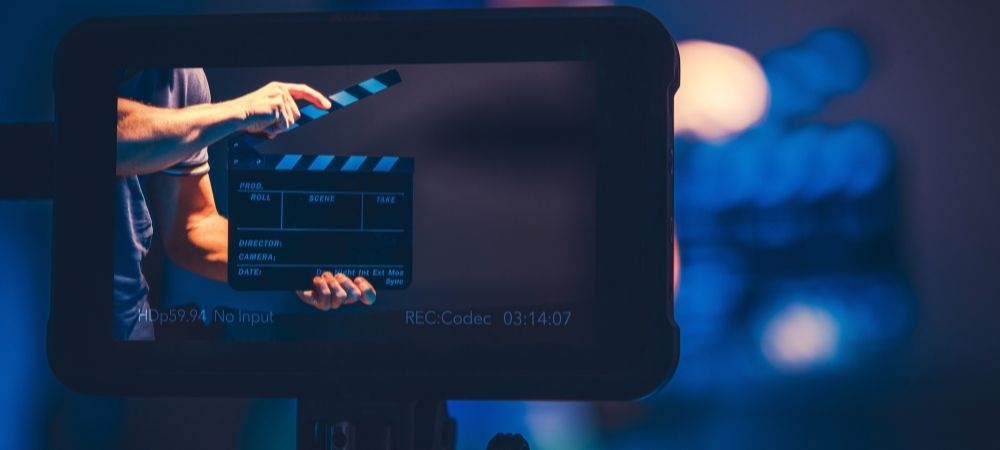

When it comes to film development, the importance of accurate timing can't be overstated. To find out more check here. Developing times and temperatures play a crucial role in determining the final outcome of your photos. If you don't get these factors just right, you're setting yourself up for disappointment. Oh boy, have I learned that the hard way!
Firstly, let's talk about developing times. The length of time you leave your film in the developer solution is critical. Too short, and your images will come out underdeveloped - lacking contrast and looking flat. On the other hand, if you go too long, you'll end up with overly dark negatives that are difficult to print or scan properly. It's not just about following a recipe; it's about precision.
But wait! Timing isn't everything – temperature matters too! Most people might overlook this aspect thinking it's no big deal but trust me, it is. Developer solutions work best within a specific temperature range – usually around 68-72 degrees Fahrenheit (20-22 degrees Celsius). Deviate from this range even slightly and you'll affect the chemical reactions taking place on your film emulsion.
Here's where things get tricky: as temperature increases, developing time should decrease proportionally to maintain balance. And vice versa! It's like trying to walk a tightrope; one misstep can send everything crashing down.
Moreover, inaccurate timing or temperature control can introduce unwanted artifacts into your images such as graininess or color shifts which could ruin an otherwise perfect shot!
So why does all this matter? Well for starters if you're investing time and effort into shooting on film then surely you'd want those efforts reflected in high quality results right? Accurate timing ensures consistency across different rolls of film so there's less guesswork involved when printing or scanning them later on.
Receive the news click on right now.
Not only does precise control over these variables lead directly towards better image quality but also helps foster discipline among photographers who must pay close attention during every stage from exposure through processing until final output!
In conclusion: don't underestimate how vital accuracy truly is when dealing with developing times & temperatures while working with films because small errors here may lead large impacts upon end results!
Understanding the Role of Temperature in Chemical Reactions: Developing Times and Temperatures
When it comes to chemistry, one thing that's just undeniable is how crucial temperature is in chemical reactions. Without the right heat, things might not go as planned – or at all! So, let's dive into why temperature matters so much when we're developing times and temperatures for these fascinating processes.
Temperature ain't just a number on your thermometer; it's a key player that can make or break a reaction. At the most basic level, increasing temperature speeds up molecules. Why should we care about speedy molecules? Well, faster-moving molecules collide more often and with greater energy. Those collisions are what get reactions going! If there's not enough energy (or too much), you won't see the results you're hoping for.
But wait, it's not just about speeding things up. Sometimes, higher temps can actually be detrimental to certain reactions. Imagine baking cookies at 500 degrees – they'd burn before you'd get even close to enjoying them! In the same way, some chemical processes require cooler temps to proceed smoothly without breaking down vital components prematurely. So yeah, it's a delicate balance.
Now let's talk timeframes because they're closely tied with temperature choices. Developing times for reactions means figuring out how long you need to maintain specific temperatures to get optimal results. It's like cooking pasta – boil it too little and it's crunchy; boil it too long and it's mushy. Too short or too long reaction times can lead to incomplete transformations or unwanted by-products.
You might think it'd be easy-peasy setting these conditions but nope-not always straightforward! Different chemicals react differently under various conditions – no two are exactly alike in their behavior towards heat changes.
added information accessible view that.
And oh boy, don't forget catalysts which are substances that speed up reactions without being consumed themselves! They lower activation energy needed for reactions thus allowing them occur at lower temperatures than usual - isn't that cool?
It's also worth mentioning real-world applications 'cause this stuff isn't just academic fluff! Think pharmaceuticals - creating drugs often involves precise temp control so compounds form correctly ensuring they're effective & safe for use!
So yeah folks-temperature's role in chemical reactions is anything but trivial-it dictates whether reactants will interact properly within desired timeframes leading successful outcomes while avoiding pitfalls such as degradation due excessive heating/cooling...and sometimes needing those nifty catalysts help move things along smoother/faster/better!
In summary: understanding/developing appropriate times/temperatures paramount achieving reliable results across myriad scientific endeavors where precision key success factor ultimately enhancing knowledge base/applications benefiting society broadly speaking...so keep experimenting yet mindful importance thermal dynamics next breakthrough discovery awaits around corner!
The very first picture ever before taken was by Joseph Nicéphore Niépce in 1826 or 1827, and it's called " Sight from the Window at Le Gras," requiring an eight-hour direct exposure.
Kodak, a major pioneer in the popularization of digital photography, was the initial business to introduce a camera for the masses in 1888, called the Kodak No. 1.
The very first digital electronic camera was created by Eastman Kodak engineer Steven Sasson in 1975, weighing 8 extra pounds (3.6 kg) and tape-recording black and white photos to a cassette tape.
The very first color picture was taken in 1861 by James Staff Maxwell, the physicist well-known for his work in electromagnetism.
Ah, the age-old debate between film and digital photography.. It's a topic that has stirred up quite a bit of passion among photographers over the years.
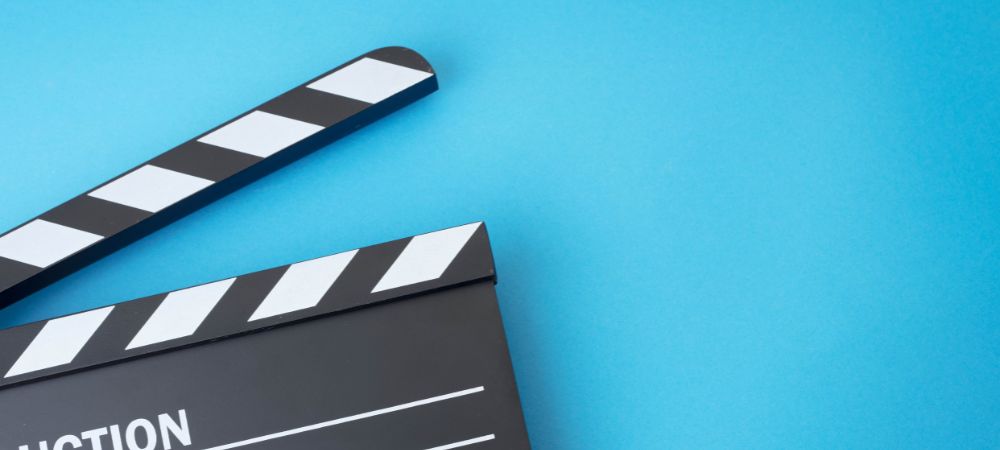
Posted by on 2024-06-28
When you're diving into the world of analog photography, it’s crucial to choose a film stock that will make your learning experience as smooth and enjoyable as possible.. For beginners, this can be quite an overwhelming decision.
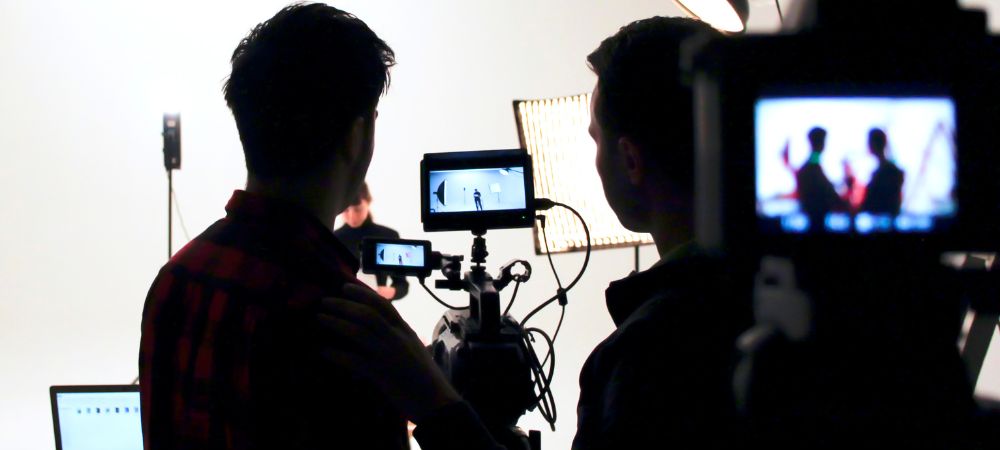
Posted by on 2024-06-28
Developing film at home can be a rewarding yet challenging experience.. It ain't as simple as pressing a button on your phone, that's for sure.
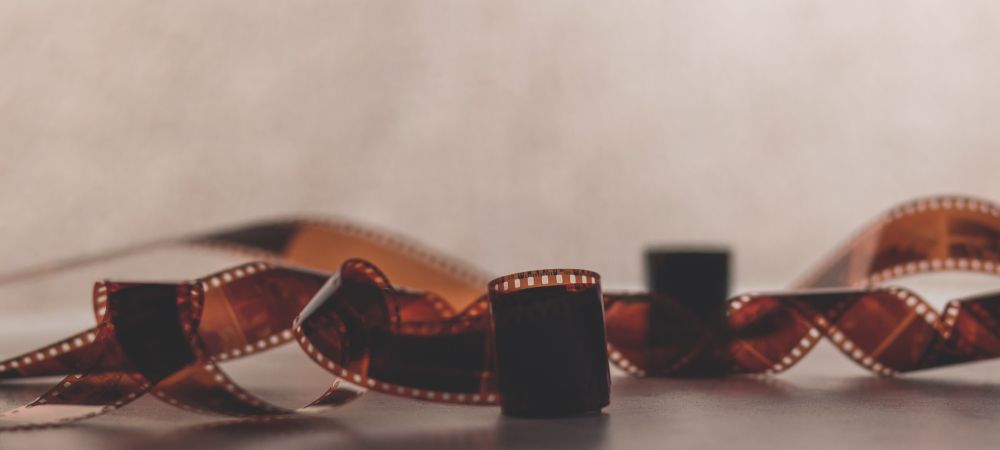
Posted by on 2024-06-28
In a world that's constantly rushing forward, there's something magical about capturing timeless beauty through the lens of film photography.. Finding inspiration in everyday moments isn't always easy, but it's definitely worth it.
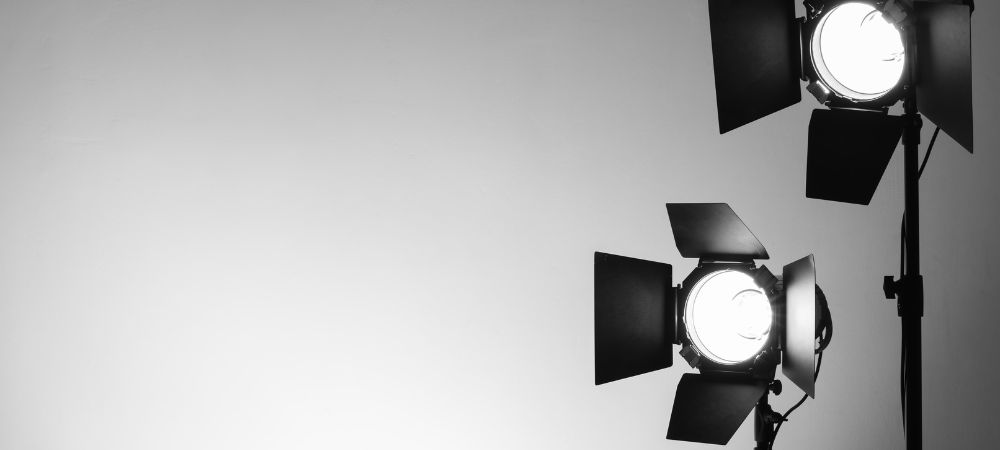
Posted by on 2024-06-28
Preserving and Archiving Your Film Photographs
Oh, film photography!. There's just something so enchanting about capturing moments on film.
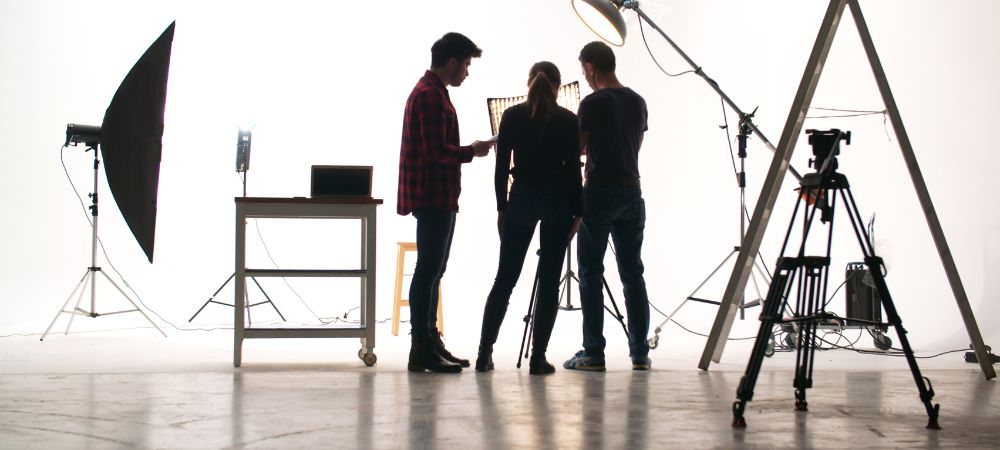
Posted by on 2024-06-28
Alright, so you're eager to learn how to transform your photos and discover the art of shooting with film?. Well, let me tell ya, it's not gonna be as easy as snapping a pic on your smartphone.
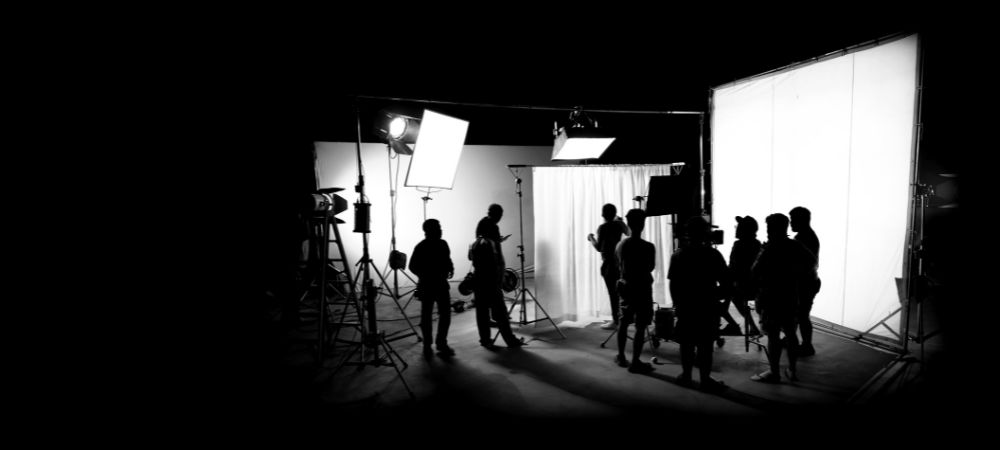
Posted by on 2024-06-28
Ah, the art of developing film! It's such an intricate craft that requires careful attention to detail. When it comes to different types of film, you might think there'd be a single, universal process. However, that's simply not the case. Developing times and temperatures vary significantly depending on the type of film you're working with.
Firstly, let's talk about black and white films. They're often considered simpler to develop than color films. But don't be fooled – they still require specific times and temperatures for optimal results. For instance, a common developer like D-76 usually needs about 9 to 11 minutes at 20°C (68°F), but this can change based on the film's ISO rating or even personal preference!
Oh boy, now we get into color films – C-41 process for negatives and E-6 for slides. These processes are more complex. The C-41 usually demands a precise temperature of 38°C (100°F) with development times around 3:15 minutes. Miss that by just a few degrees or seconds? Your colors could end up looking off.
Not only is temperature crucial, but so is agitation during development. Regularly agitating the film ensures even chemical distribution over the emulsion surface. Every minute or so, give it a gentle inversion; too much agitation can lead to uneven development though.
You might think digital has taken over and nobody's using film anymore – but you'd be wrong! There's something magical about watching your images slowly appear on a strip of celluloid as it dries.
Let's not forget instant films like Polaroids either; these have their own unique quirks when it comes to developing conditions because everything happens inside that little frame in mere minutes!
So yeah, no one-size-fits-all method exists here folks! Each type of film carries its own set of rules regarding developing times and temperatures which makes this whole thing both challenging yet incredibly rewarding.
In conclusion - Don't underestimate any part of this delicate process if you're aiming for those perfect shots we all crave!
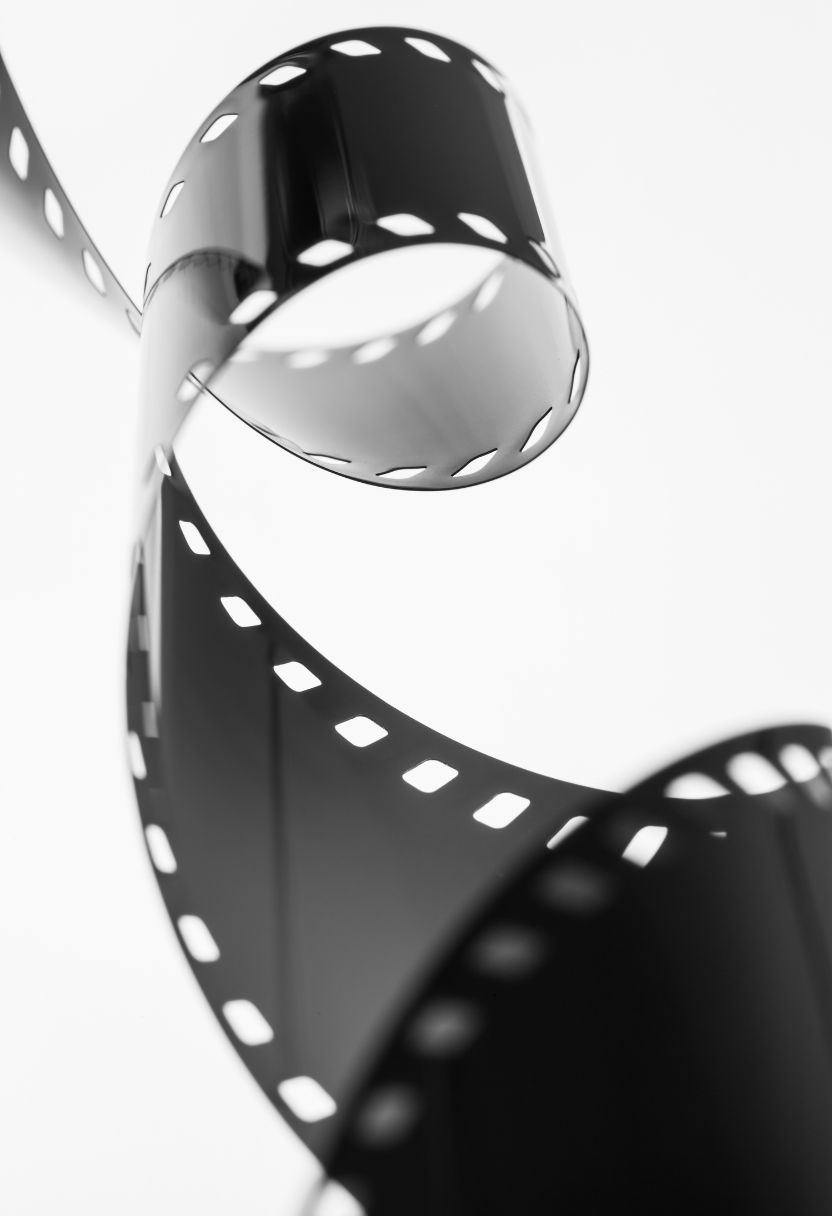
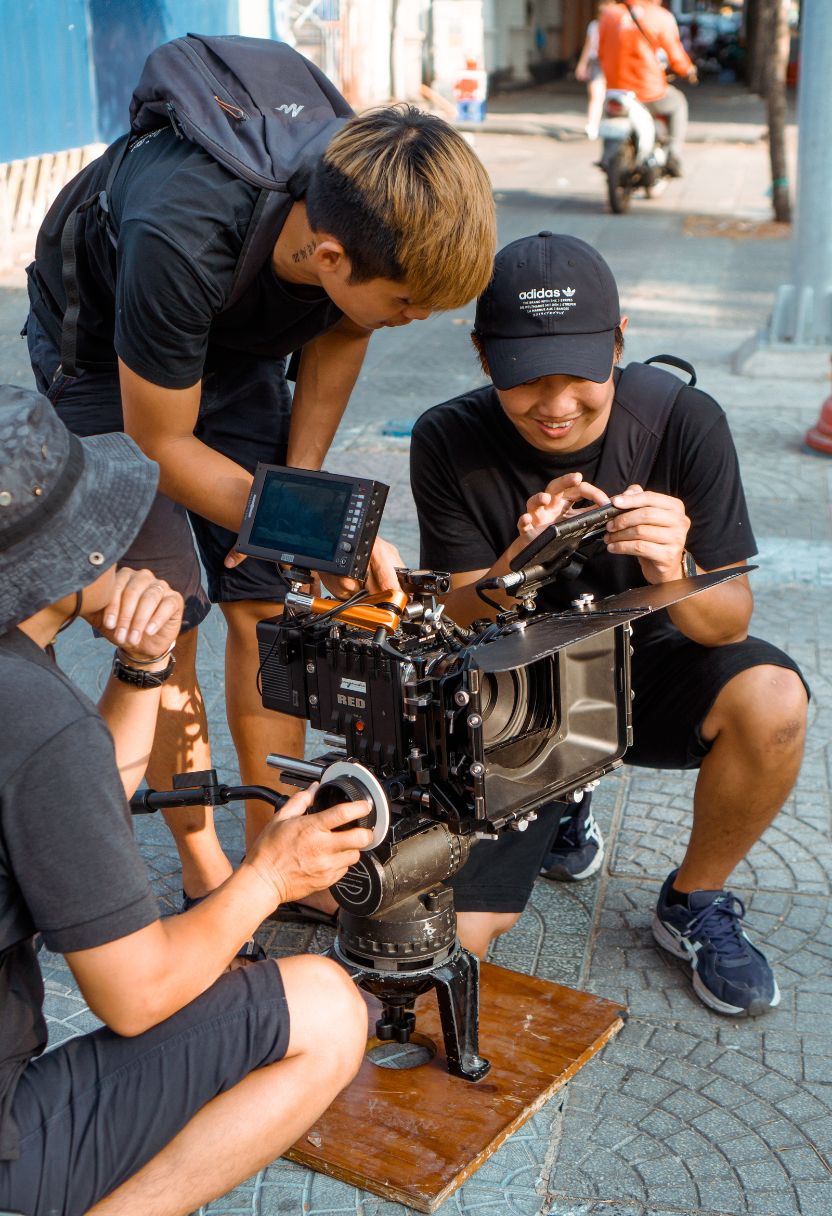
When it comes to monitoring time and temperature in the context of developing times and temperatures, there's a lot to consider. It's not just about having the right tools and equipment; it's also about knowing how to use them effectively. Let's dive into some of the essentials you'll need.
First off, you can't talk about monitoring without mentioning thermometers. A reliable thermometer is crucial for accurate temperature readings. Digital thermometers are often preferred because they're quick and easy to read, but don't discount (pun intended) the good old-fashioned mercury ones! They can be just as accurate if used properly.
Timers are another indispensable tool in this process. Whether you're using a simple kitchen timer or a more sophisticated digital model with multiple settings, having an accurate way to keep track of time is essential. You don't want your timing to be off by even a minute, especially when precise timing can make or break your project.
Oh, let's not forget notebooks! Yes, despite all our fancy digital gadgets, sometimes nothing beats jotting down notes by hand. Keeping detailed records of your timings and temperatures can help you identify patterns and make necessary adjustments in future projects. It's surprising how much info gets lost when we rely solely on memory!
There's also other equipment like pH meters if you're working with substances where acidity levels matter alongside temperature. Not everyone needs one, but it's worth mentioning for those specific cases where precision is key.
Now here's something that might seem obvious: calibration tools! It's no good having all these high-tech gadgets if they're not calibrated properly. Regularly checking your devices against known standards ensures that your readings remain accurate over time.
Do remember that not everything has to be super expensive or complicated. Sometimes simpler tools do the job just fine – like heat-resistant gloves or basic stirring rods – they might seem minor but they play their part in ensuring safety and consistency throughout the process.
In conclusion, while there's quite a bit of equipment involved in monitoring time and temperature accurately – from thermometers to timers to trusty notebooks – what's most important is understanding how each tool fits into the bigger picture of what you're trying achieve. And hey! Don't stress too much if things aren't perfect every single time; learning from mistakes is part 'n' parcel of mastering any skill!
Adjusting development times based on temperature variations is quite an intriguing subject when it comes to developing times and temperatures. It's not just about numbers and graphs; it's more like a dance between chemistry and physics, really. You'd think that keeping the temperature constant would be a piece of cake, but oh boy, you'd be mistaken. Temperature's got this sneaky way of fluctuating, especially when you least expect it.
First off, let's get one thing straight-temperature ain't going to stay put just because you want it to. If you've ever been in a darkroom or worked with film processing, you'll know exactly what I'm talking about. The ambient temperature can change without any warning, and if you're not prepared for it, your developing process might go haywire. So, what's the deal here? Well, adjusting development times based on these pesky temperature variations becomes absolutely essential.
You see, the chemical reactions involved in developing film are pretty sensitive to temperature changes. When it's warmer than usual, those reactions speed up like nobody's business. Conversely (and somewhat annoyingly), when it's cooler, everything slows down to a crawl. This isn't rocket science; it's just basic thermodynamics at play.
So how do we tackle this? By negation! Or rather by negating the effects of these fluctuations through careful adjustments in our development times. For instance-if your developer solution is warmer than expected by a few degrees Fahrenheit (or Celsius for our metric friends), you'd shorten your development time accordingly so you don't overcook your film. On the flip side, if things are chillier than planned, extending the development time will ensure that the chemical reactions have enough time to fully develop your negatives.
Now don't go thinking there's some magic formula that'll save you every single time-nope! It takes practice and experience to get it right consistently. A good starting point is using charts that show recommended adjustments based on different temperatures for various developers and films-a lifesaver for sure!
And hey-even if you've got all the charts and knowledge in hand-it still doesn't hurt having some good ol' trial-and-error sessions now and then to fine-tune things further according to your specific conditions.
In conclusion (without trying too hard not repeat myself), adjusting development times based on temperature variations may seem daunting at first but trust me-it's doable with patience-and yes-a fair bit of experimentation too! Just remember: don't let those pesky fluctuations mess up what could otherwise be perfect prints-we've got enough challenges as photographers already!
Ah, the joys of developing times and temperatures in cooking or baking! It's not always a piece of cake, is it? Troubleshooting common issues related to incorrect times or temperatures can be quite the challenge. But don't worry, it's all part of the learning process.
Firstly, let's talk about timing. If your dish comes out undercooked or overcooked, it ain't just bad luck. Often, it boils down to either misjudging the cooking time or not setting your timer properly-who hasn't done that at least once? You might think you know how long something should take based on a recipe, but ovens vary widely. One person's 350°F could be another's 375°F due to calibration differences or even hot spots within the oven itself.
Temperature fluctuations are another biggie. If you're using an old oven (and aren't we all?), you probably know they can be temperamental. Sometimes they run too hot; other times they're too cold-it's like playing roulette with your dinner! Using an oven thermometer can really make a difference because even small changes in temperature can turn a perfect roast into a charred disaster.
Oh boy, don't get me started on stovetops! Gas vs electric? Each has its quirks. Electric stoves tend to have slower response times when adjusting heat levels, which means if you need to bring something from boil to simmer quickly, well good luck with that! On the flip side, gas stoves offer immediate control but require constant vigilance-you don't want things boiling over or burning because you looked away for five seconds.
One thing folks often overlook is the importance of preheating-not doing so can throw off both time and temperature calculations. You can't just stick food in a cold oven and expect miracles! This step ensures that your food starts cooking at the right temperature from minute one.
And let's not forget human error-misreading recipes happens more often than we'd like to admit. Maybe you read "bake for 30 minutes" instead of "15" or set your stovetop burner too high when it should've been on low heat. These mistakes are frustrating but also totally fixable with practice and attention to detail.
So what do we take away from this? Well, troubleshooting these common issues requires patience and sometimes a bit of trial and error. Keep an eye on those timers and thermometers-and remember that every mishap is just another step towards becoming a better cook!
In conclusion-not everything will come out perfect every time-and that's okay! Developing proper cooking times and temperatures isn't an exact science; it's more like an art form that gets refined over time-mistakes included.